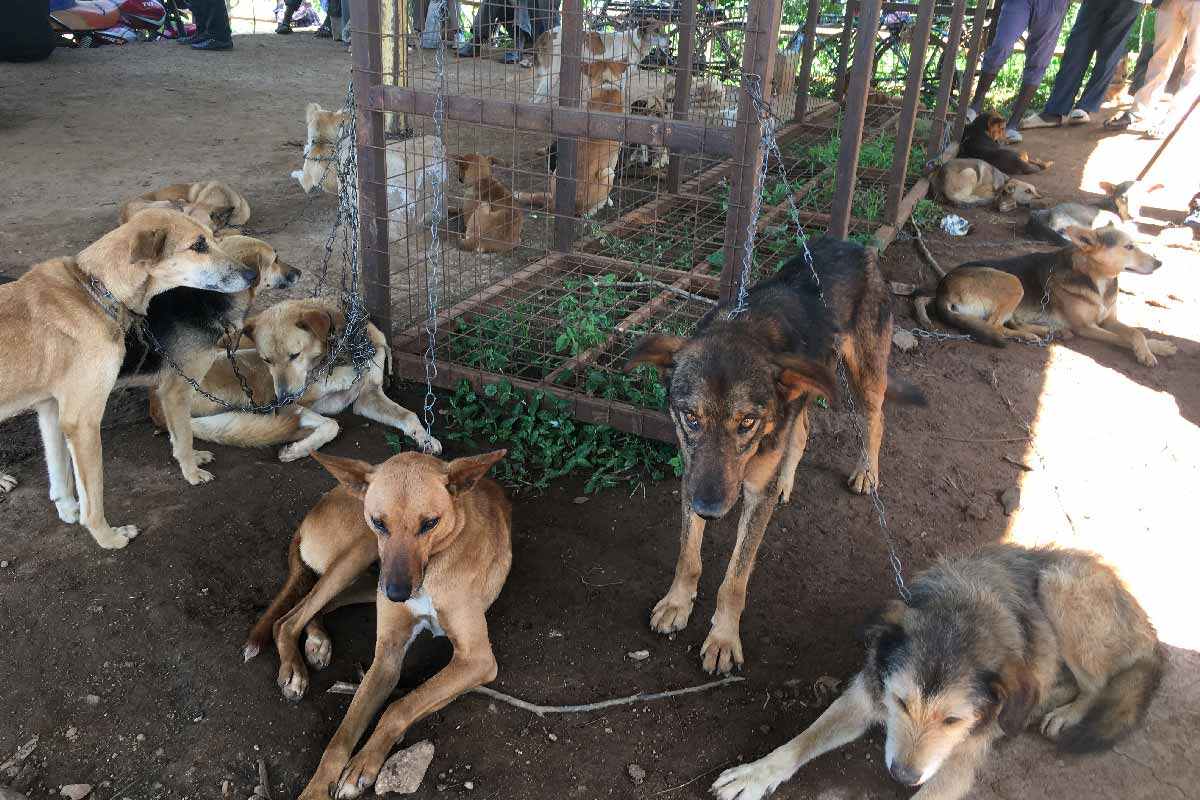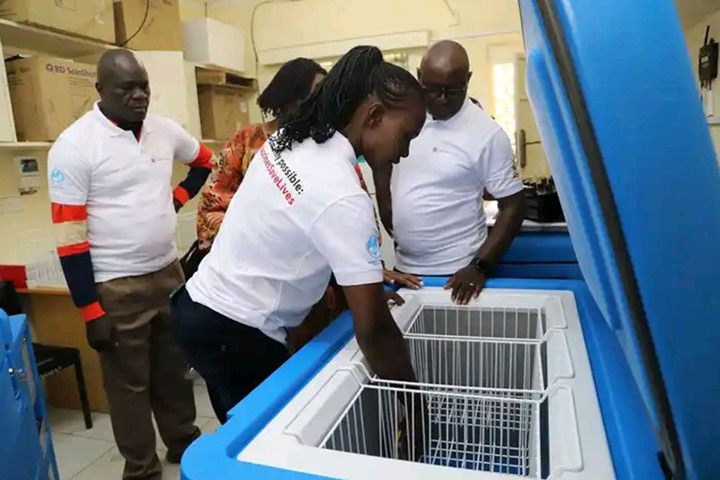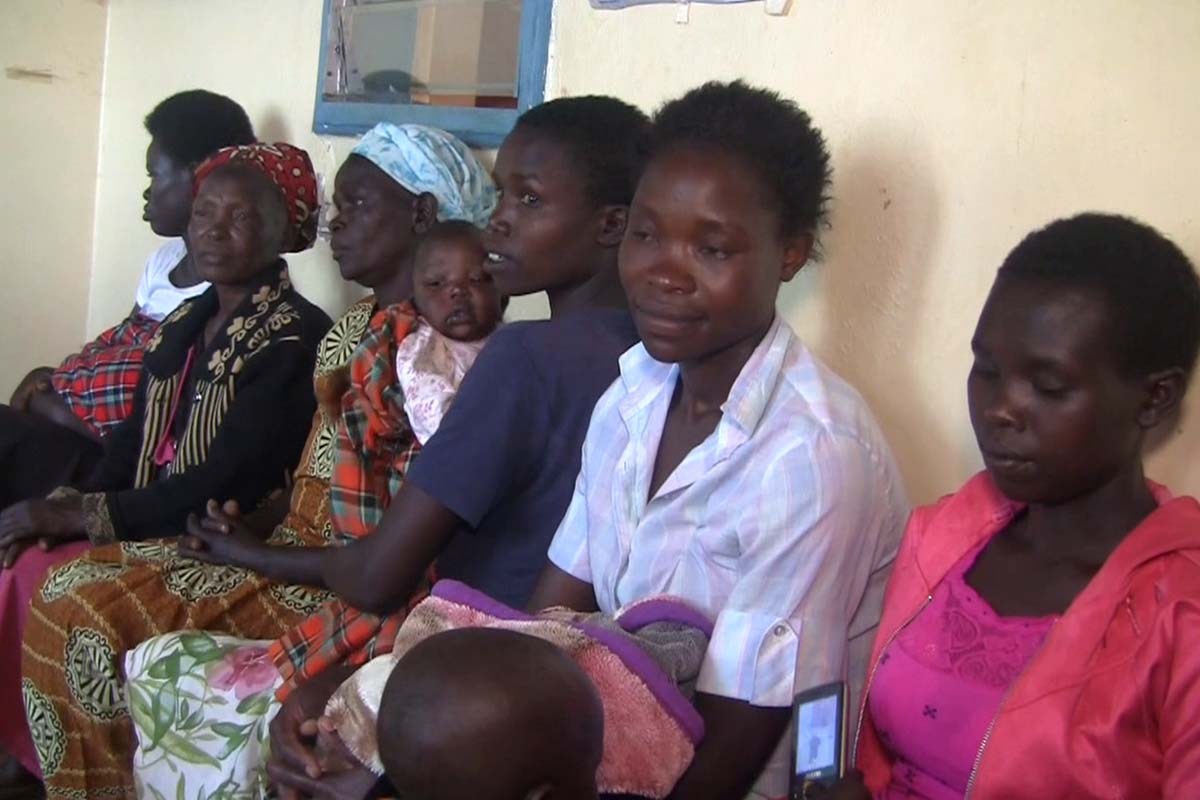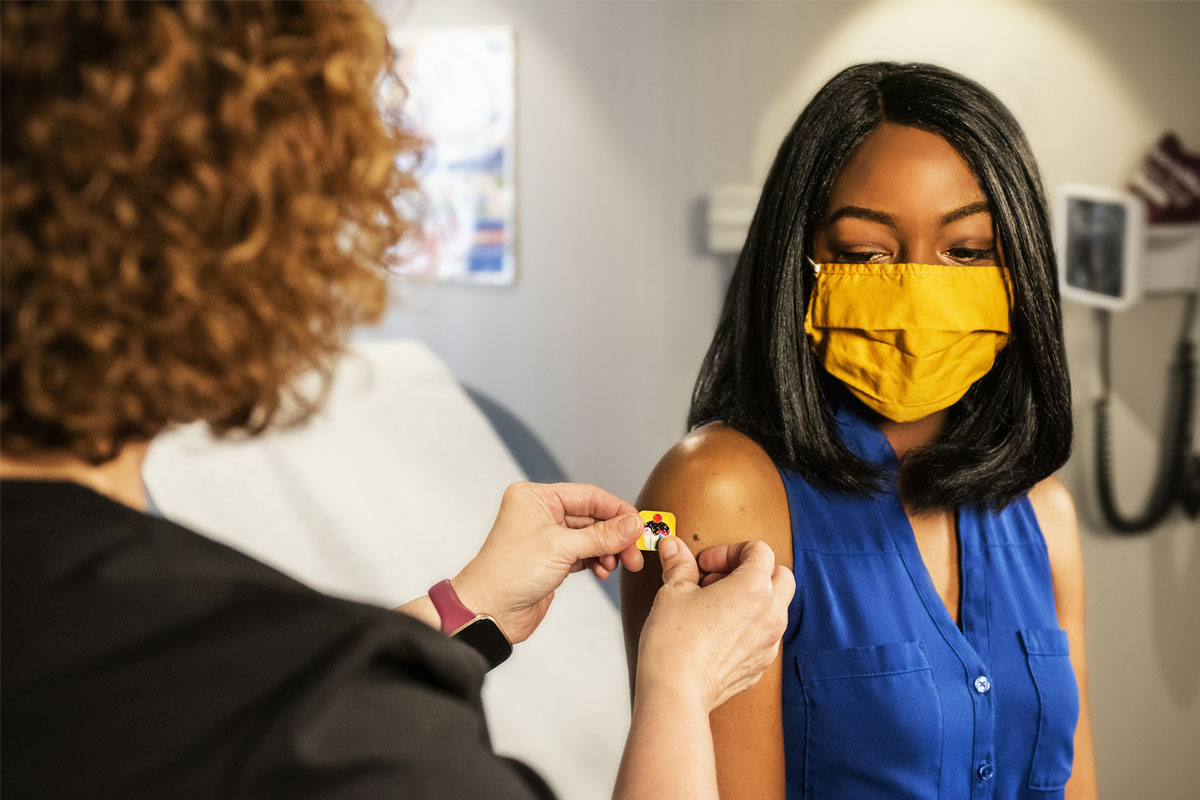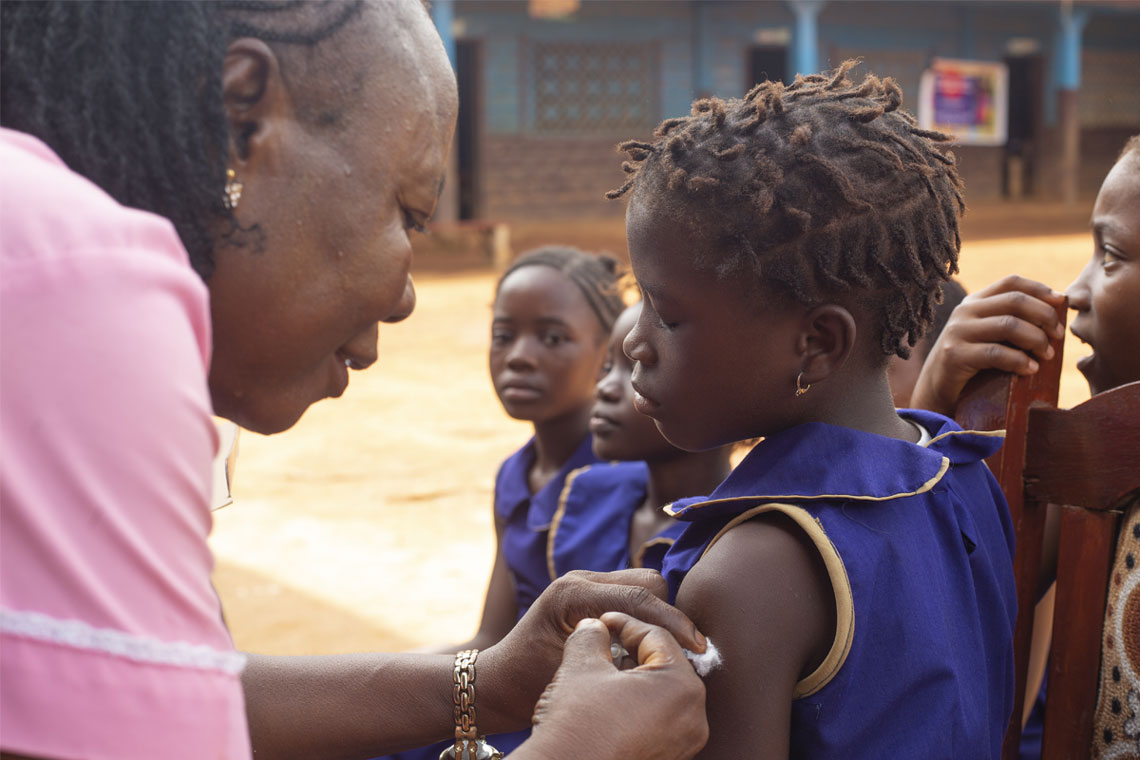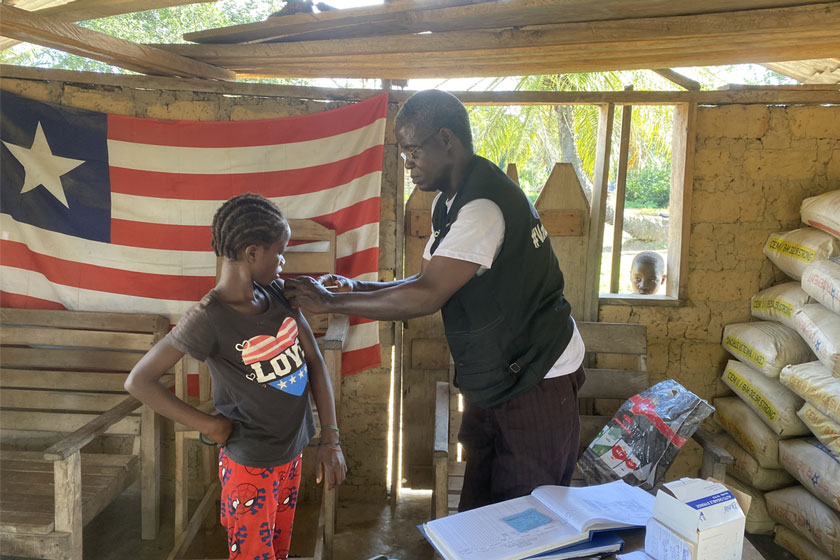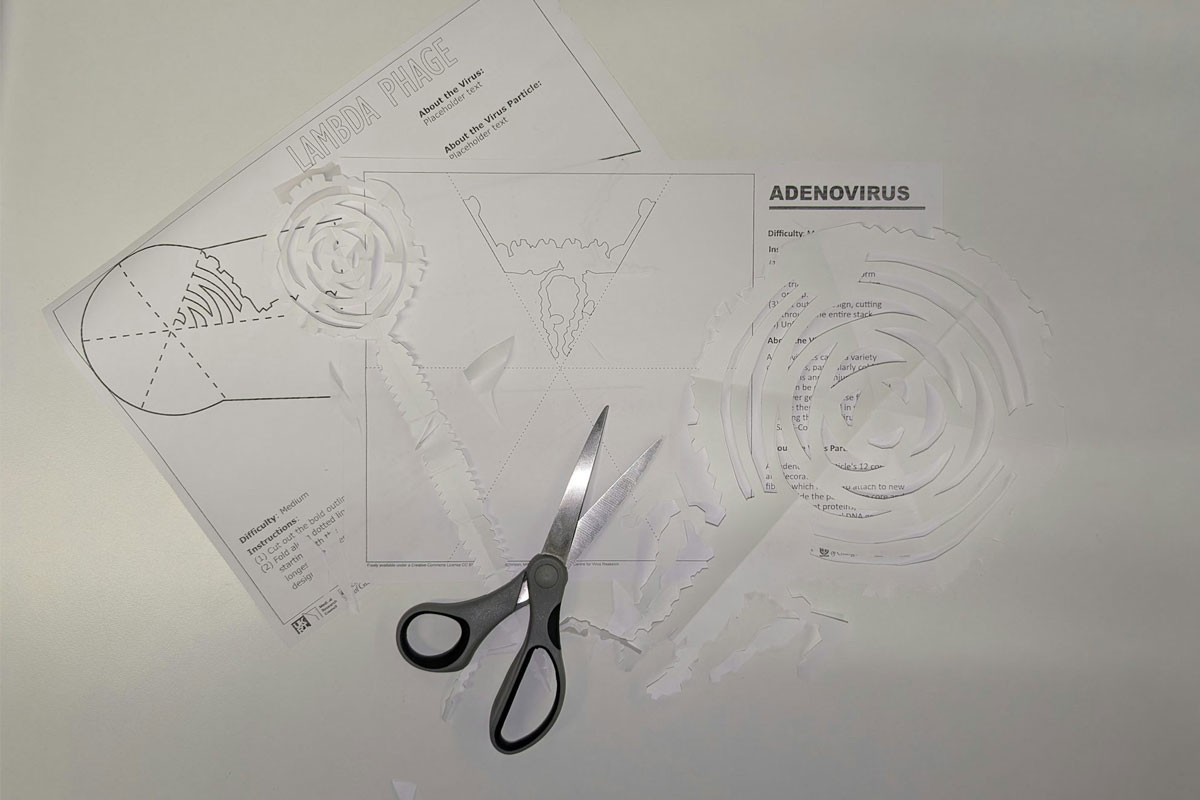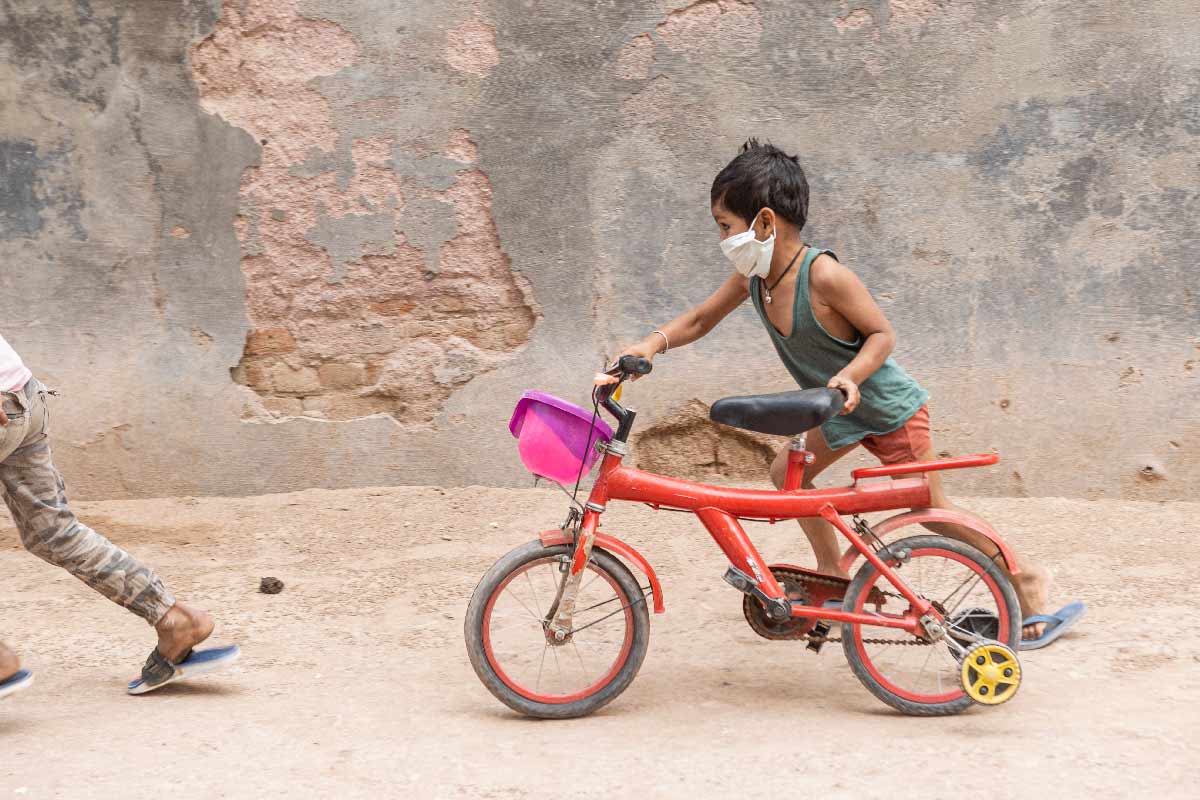The nurse bringing pregnant teens into the health system on Kenya’s Mt Elgon
Teen mothers in Kenya’s hill regions were far less likely to access antenatal care and immunisation services than their grown-up counterparts. Nurse Hesborn Samba has been on a ten-year mission to change that.
- 12 June 2025
- 7 min read
- by Pius Sawa
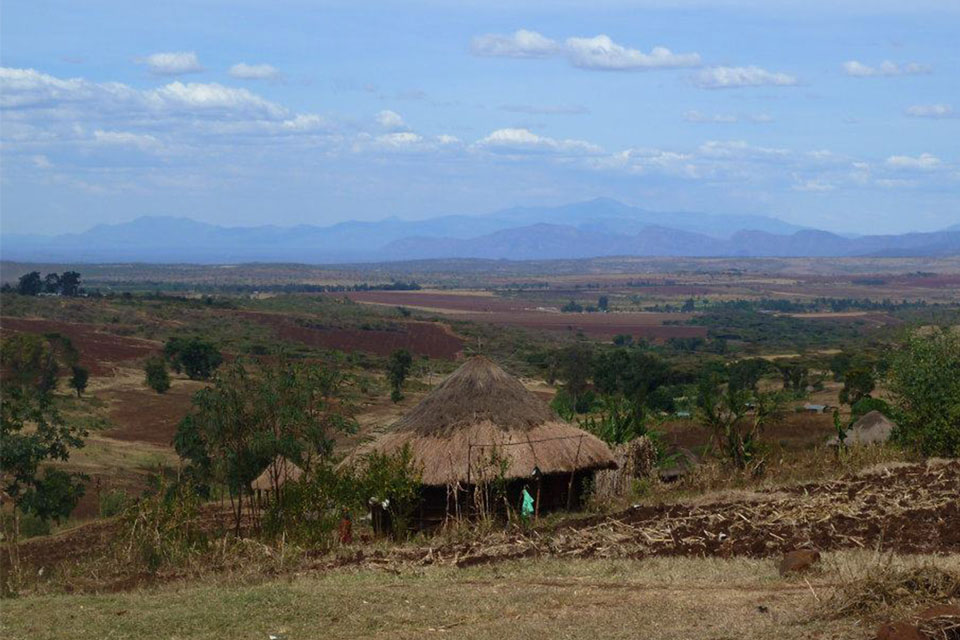
In a small, discreet room at a health facility on the slopes of Mount Elgon, nurse Hesborn Samba and two of his colleagues are sitting with four pregnant teenage girls.
Samba is talking them through the basics: the stages of foetal development, warning signs that should trigger a visit to the health facility, the nutritional needs of infants, the importance of immunisation.
“When you come, we check your blood to see if you have what we call iron deficiency anaemia. We also monitor your blood pressure to check for pre-eclampsia, which is a dangerous condition of hypertension, and we also look at your nutrition to avoid the baby being overweight or underweight. Immediately you deliver the baby, we put some medicine in the baby’s eyes, to avoid any infections the baby might pick on the way while getting out,” Samba says.
Next the girls raise questions. “Why do I always get a heartburn across my stomach and at times I feel like vomiting?” inquires one of the young mothers-to-be. The nurses take query after query, until all the questions are exhausted.
Before closing the session, nurse Joab Luta begs the girls not to give up on their educations. “Education is the only weapon that can destroy poverty,” he says. Samba chimes in: “My appeal is: never ever try to give birth at home. We need you and your babies alive. Please rush to the hospital whenever you see any unusual sign.”
Both nurses’ warnings come from tragic and plentiful experience. Teen pregnancy is a serious public health concern in this hilly region: in November 2023, the Ministry of Health reported that 54 girls from a single Mt Elgon school had fallen pregnant over the course of the year. For Bungoma county at large, the figures for the year to July were staggering: 196 girls aged 10–14 were pregnant, with pregnancy figures for girls aged 15–19 exceeding 7,200. Local health workers say that the reasons for the high rates of teen pregnancy are related to poverty.
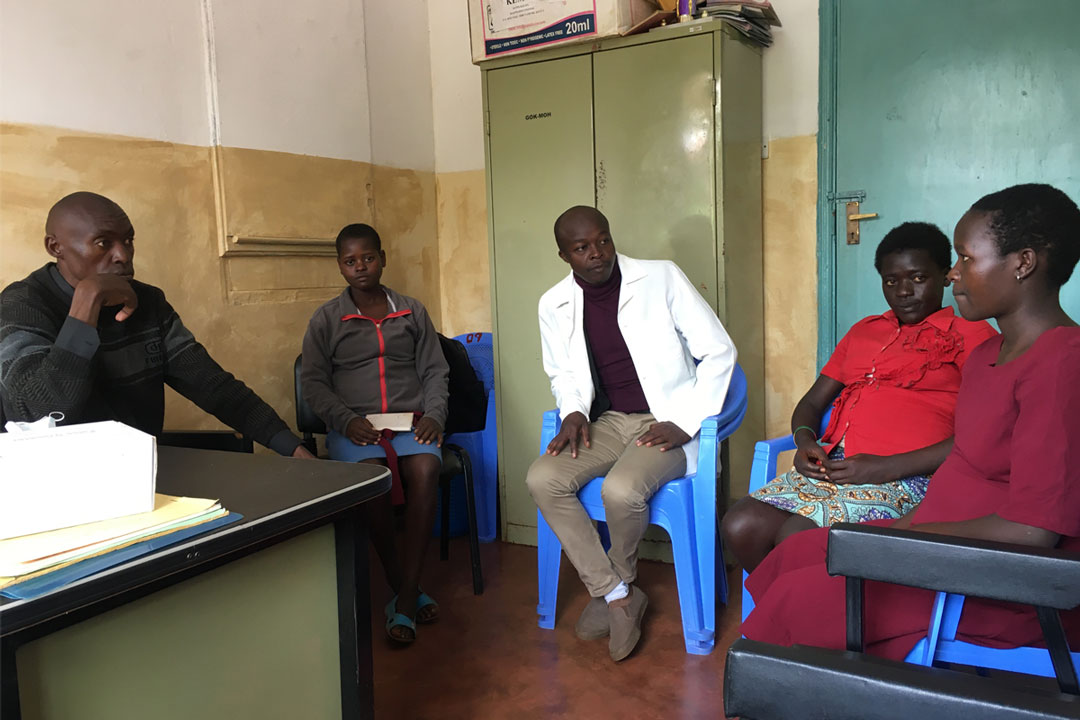
Underage mothers are at disproportionately high risk. Violet Chebet Kipkirich, a community health promoter from Ruarus village in Kopsiro, told VaccinesWork that many girls used to run away from home when they realised they were pregnant. Some hid in the forest, with nobody to rescue them when they developed complications. “They had to deliver from the bushes, and their babies never got immunised,” she reports.
Many girls have died while trying to improvise an abortion with local herbs or by swallowing overdoses of antimalarial tablets, Kipkirich adds. Samba says he has counselled many girls who have expressed a desire to commit suicide because they felt socially rejected.
Man on a mission
Getting pregnant girls into the healthcare system to make them and their babies safe has been Samba’s mission for a decade, since shortly after he completed his medical training. “I went to Bungoma Referral Hospital in 2015, and while there, I saw that my people from the slopes of the mountain were suffering,” he says.
Teenage mothers from the surrounding villages were arriving at the hospital in ambulances as emergency cases, he recalls. “Given the topography of the mountain, the weather and the cultural set-up, it was difficult for any pregnant mother to reach a health facility, unlike on the lower areas where the roads are good, and urbanisation is felt.”
When he took up his post at Cheptais health centre, Samba spent his own resources to travel from village to village, school to school, talking to pregnant teens about the importance of antenatal care, hospital delivery and vaccination.
He set up meetings with school head teachers, talking to them about how they might help pregnant girls begin to attend antenatal care. He visited homes to meet girls’ parents, to counsel them on their daughters’ needs.
No longer a one-man-band
At the beginning, it was lonely work. But by 2020, Samba says, he had won the support of a group of colleagues, like Kipkirich and nurse Nehemiah Pepela. “I joined Hesborn in this initiative because I saw he had a good cause. Being a nurse goes beyond the health facility,” Pepela says.
The Cheptais health centre agreed to the growing team using government-owned cars and motorbikes to travel across the region on this campaign. Local teachers and chiefs are also supportive.
Have you read?
Samba says his team is seeing progress: many more girls have been able to give birth at health facilities, and many more babies have been started, on time, on the vaccination schedule. The impact of that is registering in falling mortality figures: “We used to register over 100 cases of either teenage mothers or babies who died at home due to complications, or lack of vaccination,” he told VaccinesWork. “But after the initiative, we now have less than 45, and the number is drastically reducing.”
Those figures, he concedes, may even have been an undercount. With so many teen mothers not registering for antenatal care, they and their babies may have been absent from government records. “So we are talking a big number of unrecorded deaths of mothers and their babies.”
Kipkirich echoes him. “I have been a CHP since 2013, and I tell you the situation has greatly improved. So many children never got vaccinated because their teenage mothers were so traumatised in the community. They just died at home, or their babies died a few weeks after delivery.”
Extending a hand
Samba says that while the improvements are encouraging, there’s further to go. On some occasions, even getting a girl through the door of the health facility is hard because of intense social stigma. “In some cases, you find the parents too emotional, and the girls also too emotional,” he says. “The parents feel that the girl has brought them shame, while the girl feels like she has shamed the family and society, so I have to counsel both the girls and parents.”
And even when girls do show up at the clinic, they often need to be shown special guidance, Kipkirich says. “Because if not identified, they will just hang in the compound fearing to enter the antenatal wing. If not assisted, they will return home without being checked.”
On other occasions, the hurdles are bureaucratic. Many young girls don’t have the national identity cards that qualify them to register for social health insurance, which is now mandatory for every Kenyan citizen visiting a public health facility. Not having it means paying cash, and that’s something many teen mothers-to-be can’t afford.
But Samba also expresses hope that the increasing number of health facilities around the mountain will mean that in time, no child has to miss out on vaccination, and no teen mum will have to die at home from lack of medical attention.
Meanwhile, there are plenty of young people who owe Samba their health. Naomi Cherotich, for her part, says since Samba visited her school and talked to her and later to her parents, she is happy that she has been attending clinics without fear. “I am my dad’s daughter. He loves me and he supports me. I am only two months away before I give birth. I can’t wait to see my baby.”
Metrin Tamnai, mother of pregnant 17-year-old Melvin Chepkorir from Toywondet village, says, “We are very happy that our daughter can now remain in school and be able to visit the hospital without being mistreated.”
Samba says he is “happy” that what he started as a dream has “now become a great achievement.”
“When I see these teenage girls coming to health facilities, I see a bright future in them. I know it has been God guiding me to do this,” he adds.
